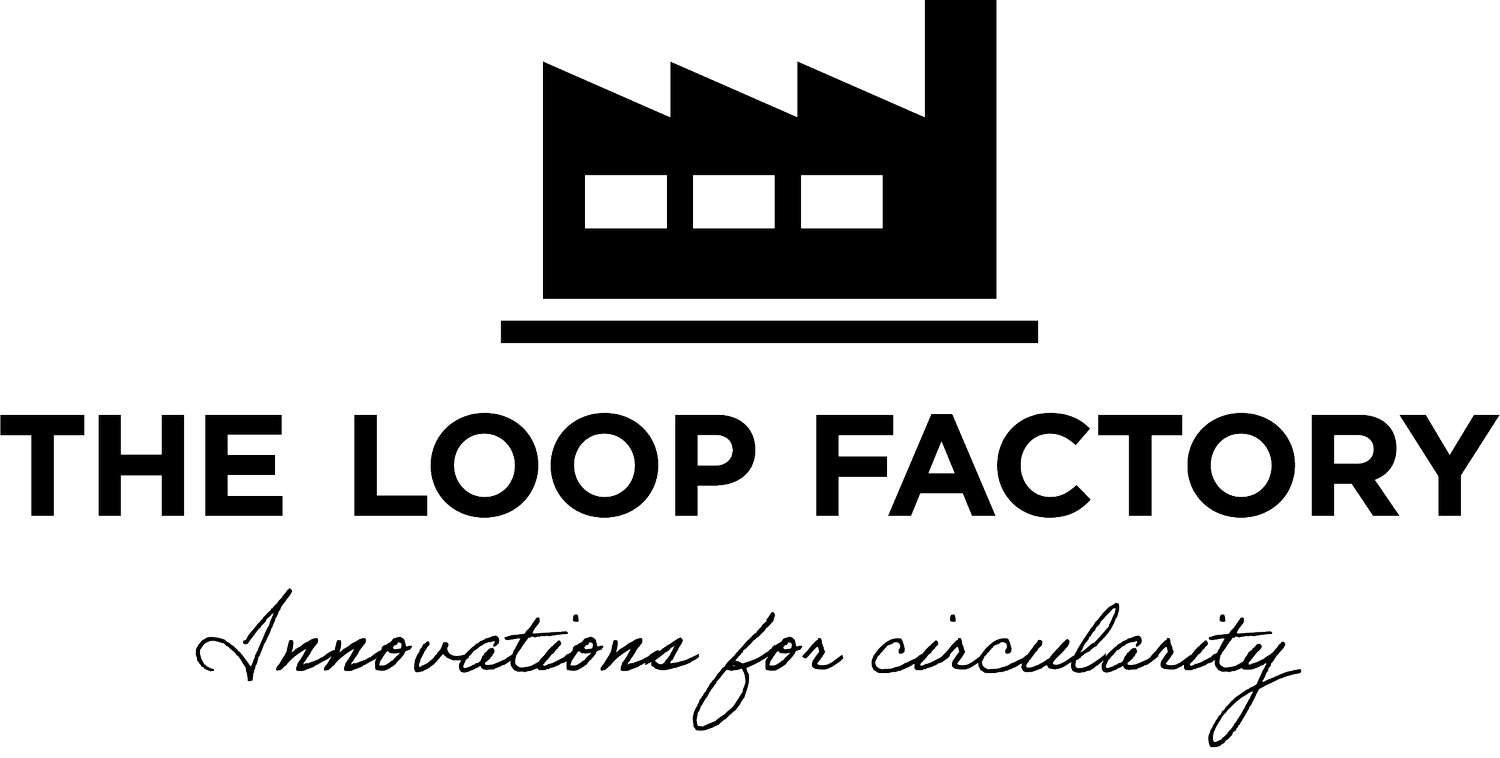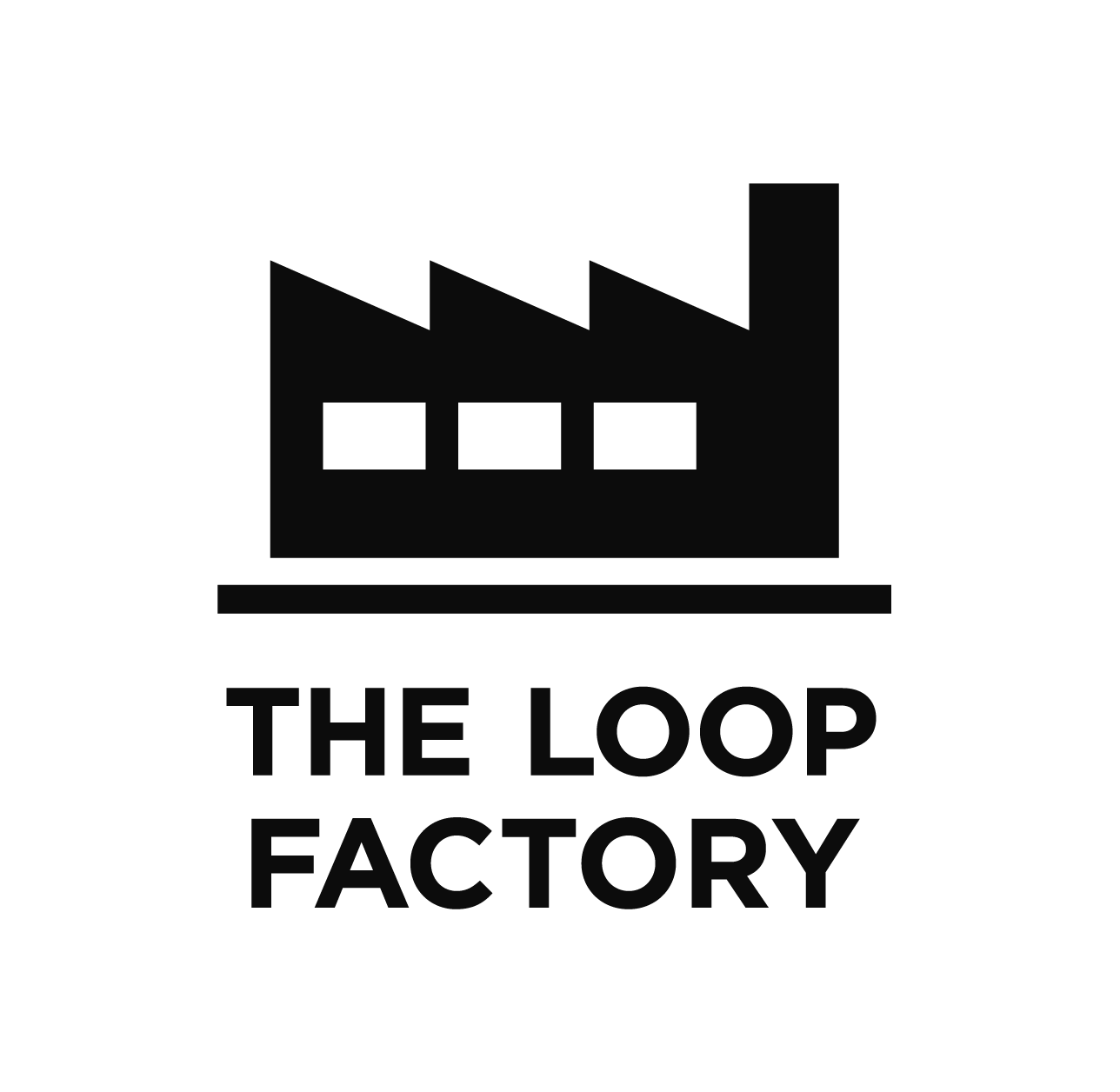EFFECTIVE TEXTILE CLASSIFICATION AND RECYCLING UNDER NEW EU REGULATIONS.
THE FUTURE OF TEXTILE WASTE.
On 1st January 2025, the European textile sector entered a new era. The enforcement of the EU Waste Framework Directive (WFD) now requires all member states to collect textile waste separately, marking a decisive step towards a circular economy. Alongside this, the Ecodesign for Sustainable Products Regulation (ESPR) and Extended Producer Responsibility (EPR) schemes are set to transform how brands, producers, and municipalities manage textiles from design to end-of-life.
This article explores why post-consumer textile waste matters, the latest advances in sorting and classification, and practical recommendations for brands navigating this changing landscape, drawing on insights from the TexScale project’s recent “Pantry of the Future” seminar, presented by Catrine Marchall and Stina Björquist from RISE.
WHY POST-CONSUMER TEXTILE WASTE MATTERS
Textiles are among the world’s most resource-intensive industries, with the EU generating an estimated 12.6 million tonnes of textile waste annually2. Of this, clothing and footwear alone account for 5.2 million tonnes, approximately 12 kg per person each year. Yet, less than 1% of all textiles worldwide are recycled into new products, with the majority ending up in landfill or incineration2. The JRC Science for Policy Report underscores the urgency: scaling up textile recycling is essential to reduce greenhouse gas emissions, conserve resources, and support the EU’s goal of a 65% reduction in product-related CO₂ emissions and a 70% cut in resource use within the textile sector4.
Separate collection is just the beginning. Without robust sorting, classification, and recycling infrastructure, much of the collected material risks being exported, downcycled, or wasted, a missed opportunity for both environmental and economic gains2. As demand for fibre-to-fibre recycled materials grows, so too does the need for accurate data and efficient processes to unlock their value.
KEY DATA POINTS FOR EFFECTIVE SORTING
RISE’s work in the CISUTAC project highlights the critical role of data in sorting post-consumer textiles for reuse and recycling. The CISUTAC tool, available online, allows users to assess textiles based on 23 distinct data points, including chemical content, repairability, and fabric colour and finishing.
This granular approach enables more accurate sorting, ensuring that textiles are directed to the most appropriate reuse or recycling route. In contrast, today’s mainstream sorting technologies typically rely on just three key data points: fibre composition, fabric colour, and the presence of disruptors. The CISUTAC tool’s expanded dataset, designed to align with upcoming Digital Product Passport requirements, offers a step change in decision-making power, supporting both recyclers and brands in meeting new regulatory demands.
TOOLS FOR CLASSIFICATION OF TEXTILE WASTE
RISE’s “Framework for Circular Textiles” project has developed a practical tool to classify textile waste for either mechanical or chemical recycling, focusing on the most common post-consumer fibre types: cotton, polyester, and polycotton blends. The classification system considers parameters such as material composition, recycled content, weight, and fabric construction.
This tool also highlights the most common disruptors for textile recycling. These disruptors—such as elastane, hard components (zippers, buttons), prints, coatings, and certain chemical treatments—pose significant challenges. Elastane, in particular, is problematic for both mechanical and chemical recyclers, as it complicates processing and can create toxic by-products8. Effective classification and pre-treatment are therefore essential to maximise recycling yields and material quality.
MECHANICAL VS CHEMICAL RECYCLING
Mechanical recycling preserves the fibre structure, making it especially suitable for natural fibres like cotton. However, it requires high-quality input, long fibre length, minimal disruptors, and colour sorting are crucial. Mechanical recycling often necessitates blending with primary produced fibres to maintain material strength, and the process is sensitive to treatments such as anti-wrinkle finishes or elastane content, which can compromise recyclability8.
Chemical recycling breaks textiles down to their molecular building blocks, enabling the recovery of pure fibres even from blended or coloured materials. This method is more tolerant of mixed fibres but can be disrupted by certain dyes, finishes, or contaminants. The quality of the recycled output depends on both the input material and the optimisation of the chemical process89.
PRACITCAL RECOMMENDATIONS FOR BRANDS
RISE’s seminar concluded with actionable advice for brands seeking to future-proof their operations and comply with upcoming regulations:
Evaluate recyclability: Build internal knowledge on recyclability and map the material compositions used in your products.
Analyse top materials: Focus on your top 10 material compositions, paying special attention to dyeing methods, chemical treatments, and printing techniques.
Minimise disruptors: Avoid unnecessary elastane and complex fibre blends; design for disassembly and easy sorting.
Validate material quality: Regularly test the quality of recycled materials for their intended use cases and update internal requirements accordingly.
Set strategic goals: Identify starting points for circularity, set measurable targets to reduce primary produced fibre use, and prioritise fibre-to-fibre recycling.
Leverage data: Prepare for the Digital Product Passport by collecting and managing detailed product data throughout the value chain.
The EU’s new regulatory landscape signals a decisive shift towards circularity in textiles. With separate collection, enhanced sorting, and robust classification frameworks, the sector is poised to unlock the full value of post-consumer textile waste. By embracing data-driven tools, minimising disruptors, and designing for recyclability, brands can not only ensure compliance but also seize new business opportunities in a rapidly evolving market. As RISE and its partners have shown, the future of textiles is circular, collaborative, and built on a foundation of innovation and transparency8.
// ROOS MULDER - DEVELOPMENT ENGINEER
DID YOU FIND THIS INTERESTING?
Subscribe to our newsletter and stay updated about upcoming articles, events, news and projects.
Find documentation from the previous webinars and the TexScale project here.
sources
https://www.loopfactory.se/news/eu-textile-waste-directive-in-2025
https://www.europarl.europa.eu/news/en/press-room/20240212IPR17625/textiles-and-food-waste-reduction-new-eu-rules-to-support-circular-economy
https://www.texspacetoday.com/eu-mandates-separate-textile-waste-collection-by-2025/
https://publications.jrc.ec.europa.eu/repository/bitstream/JRC134586/JRC134586_01.pdf
https://www.eea.europa.eu/publications/management-of-used-and-waste-textiles
https://www.cisutac.eu/
https://www.naturvardsverket.se/4acbb2/contentassets/c4b8503524724dd8b402c3873df299dd/presentation_2_wentink_espr_.pdf
https://hb.diva-portal.org/smash/get/diva2:1931546/FULLTEXT01.pdf
https://www.ri.se/en/expertise-areas/projects/framework-for-circular-textiles


